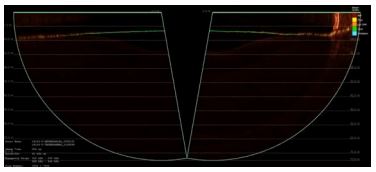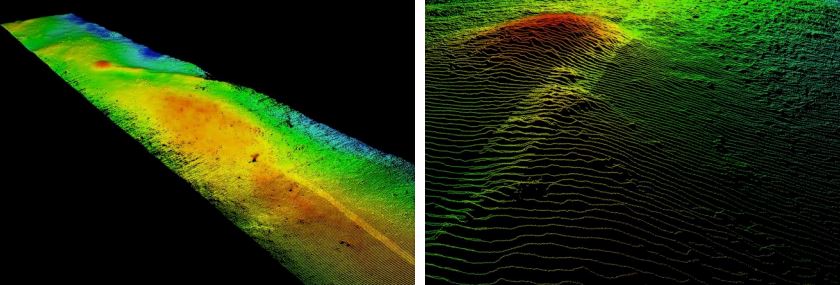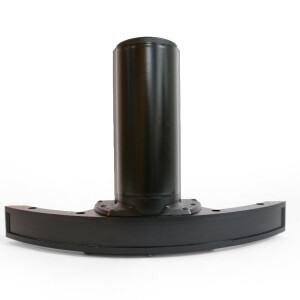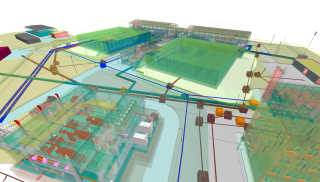

Dual Head Multibeam Survey System Integrates GNSS and INS
In this case study, we highlight the benefits of using the NORBIT WINGHEAD integrated survey system in a dual-head configuration.
In this case study, we highlight the benefits of using the NORBIT WINGHEAD integrated survey system in a dual-head configuration.
Sensors used:
- Dual Head NORBIT WINGHEAD, featuring integrated Applanix OceanMaster GNSS/INS system.
- NORBIT Sound Velocity Profiler
WINGHEAD benefits:
- First cylindrical ultra-high resolution bathymetry sonar on the market.
- 0.5 x 0.9 beam widths at 400kHz.
- HD beamformer providing 2048 beams per ping.
- High performance integrated GNSS/INS systems.
- Integrated sound velocity probe.
- Small form factor and low power consumption.
- Designed for rapid mobilization on any platform.
Operating the NORBIT WINGHEAD in a dual-head configuration offers several benefits compared to a single head:
- For pipeline surveys, coverage on the pipe is increased by tilting the sonars inwards and optimizing the sonar’s field of view, ensuring that both sides of the pipe are imaged.
- Increased sounding density and smaller bin sizes, with up to 2048 beams per ping, plus added data redundancy and averaging capabilities. Benefits of Dual Head
- Increased swath coverage, by tilting the sonars outwards and directing more energy to the outer swath, allowing large swathes of seabed to be mapped more quickly
The highly integrated solution enables small form-factor and rapid deployment.
- All sensors are interfaced to small topside units, where data is time-stamped by the integrated GNSS.
- The sonars and surface SVP are interfaced to the topside units via single deck cables.
- Compatible with the NORBIT PORTUS pole, a lightweight carbon fibre mounting solution suitable for small and medium-sized survey vessels.
- The GUI features an integrated INS setup wizard, as well as monitoring functions, to simplify the setup.
- The survey system interfaces to an onboard computer via an Ethernet connection for data acquisition.
Each sonar generates 1024 beams per ping, giving a combined 2048 beams per ping.
- More hits on targets (enhanced definition) aid feature detection.
- Smaller bin sizes.
The NORBIT WINGHEAD dual head system offers ultra-high resolution bathymetry data with 0.5beam widths at 400kHz.
- Compact, easy-to-mount hardware with minimal cables for rapid mobilization.
- Increased sounding density (2048 beams per ping) and smaller bin sizes.
- Added data redundancy and averaging capabilities.
- Increased angular swath coverage.
- Reduced survey time.
Do you have questions about this case study?
Get in touch with NORBIT Subsea, and they would be happy to answer any questions you have about pricing, suitability, availability, specs, etc.
















